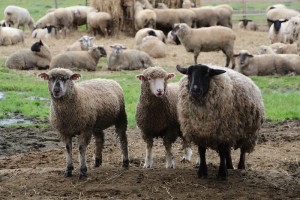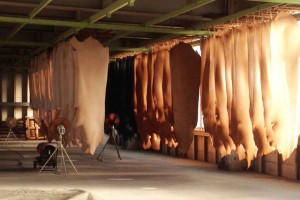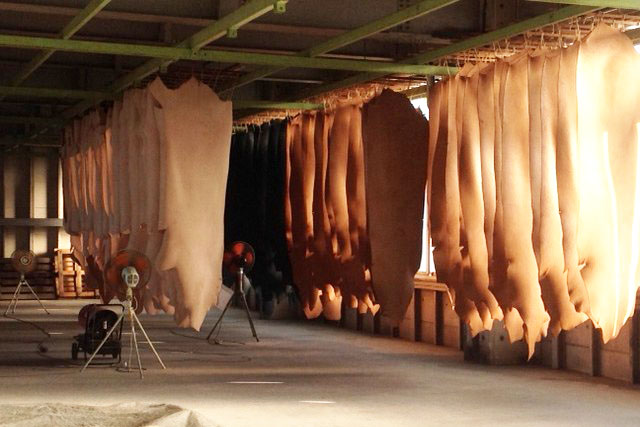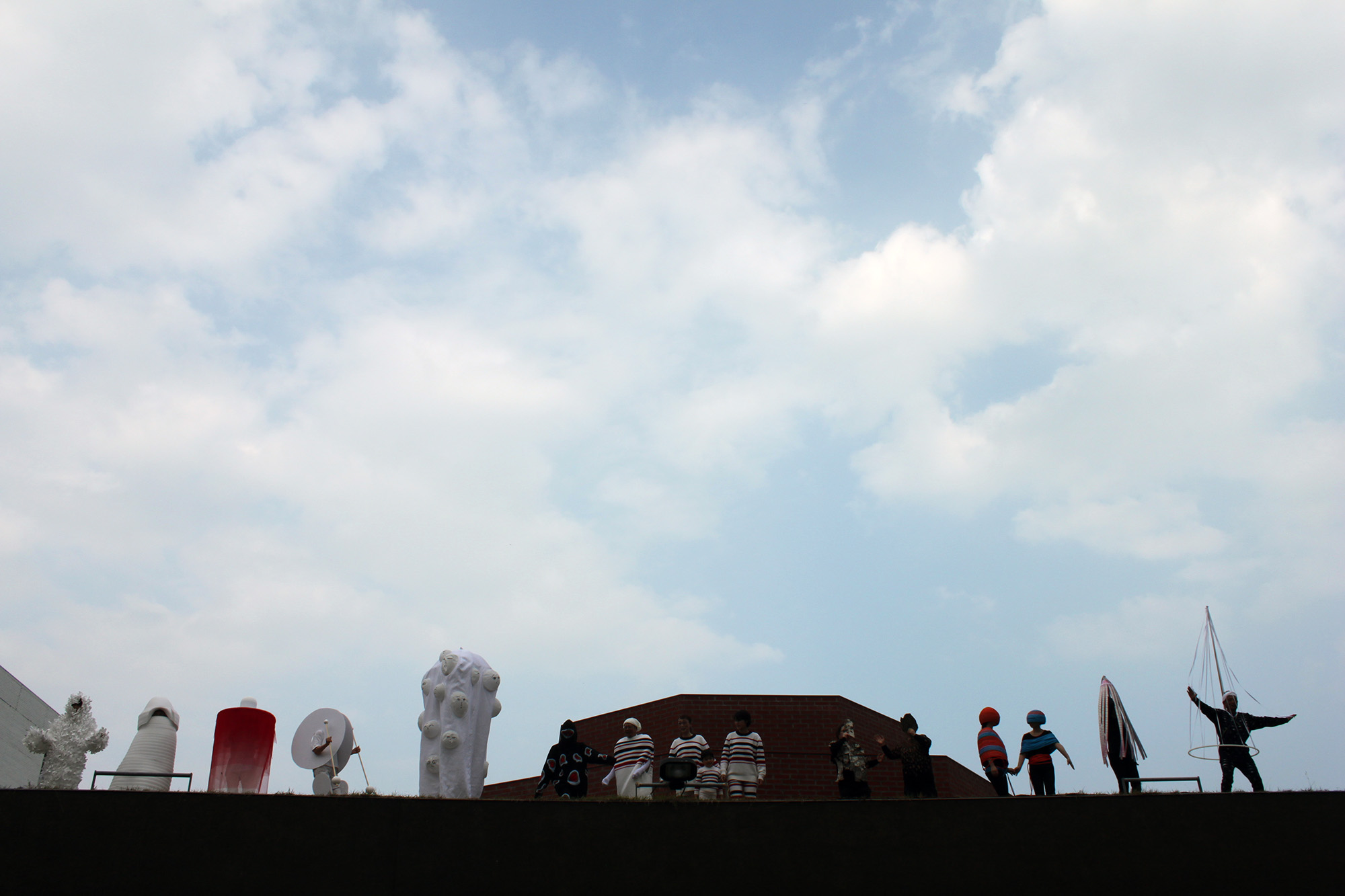Since I’m a knitted hat designer, I rarely have the chance to use leather for my products. Nevertheless, there are times when I choose leather to add a twist to my style as a fashion consumer, with items such as shoes and bags.
There are times when I ask myself whether it’s correct or not to use animal skin for fashion. There is a brand of leather items that claims “ethical” as a core value of the brand. They say that they are being ethical by using by-product leather.
It may be “right” and also effective to utilize what was supposed to be discarded. The animals are killed for our consumption, and we cannot consume leather as food. On the other hand, an alternative “right” solution is not to use animal skin at all. Recently, the quality of faux-fur and faux-leather is becoming better and better, and we are losing reasons to use real ones.
We Know Nothing About Consuming Life
Taking a closer look, questioning whether it is ethical or not to eat meat is fundamental, and therefore, a difficult theme.
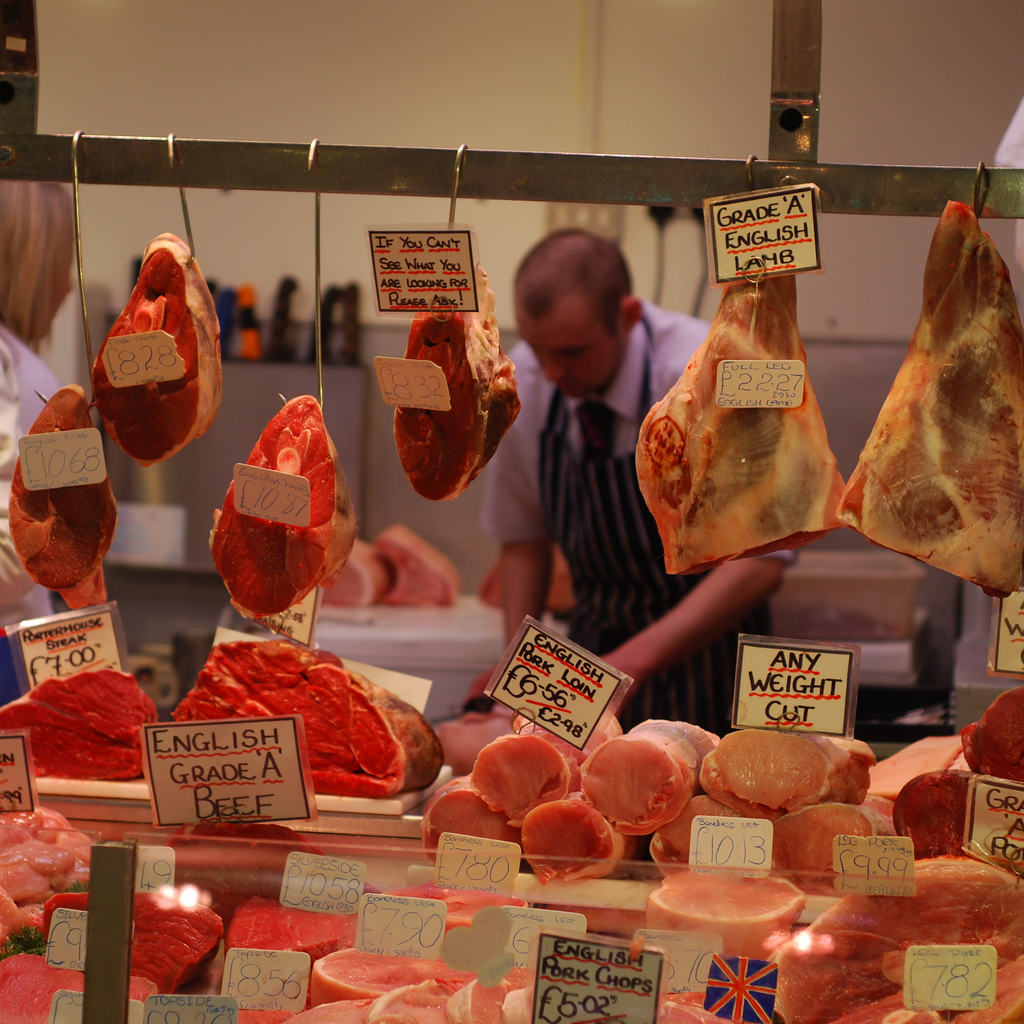
Some rights reserved by Julian Dobson / Via Flickr
Indeed, it is a reasonable idea not to eat meat. You can find many substitutes for meat in the grocery store nowadays. In contrast, I think it is also natural for human beings to consume other animals, because humans are also one animal species on the planet. From ancient times, humans have hunted and consumed animals, as a part of the food chain.
However, I can’t get rid of the uncanny feeling about how we are consuming animal products today. I think it is because I wasn’t sure whether people really are aware of the fact that an animal’s life must be taken to put meat on the table.
The way humans kill and eat animals is very different from times when everyone had to hunt for a living. It must have been inevitable to actually bear how it feels to kill an animal, and see how animals die. It would be a heavy duty. Therefore, I suppose humans in those times actually knew what it really meant to eat meat, and they would have been naturally grateful to animals for offering their life.
Looking at our modern lifestyle, there are various kinds of meat in different sizes, shapes, and colors in butcher shops or meat sections of supermarkets. They are cleanly packed, and we can purchase them so easily. But I am pretty sure that there are not so many people who actually imagine how that meat came into the showcase. I myself often go shopping for cooking, but it wasn’t until recently that I came to the idea that this slab of meat had a life before it was placed inside the showcase. And this is what I want to say, we don’t know anything about how animals are slaughtered, butchered, processed, and delivered to the supermarkets.
Before thinking about whether slaughtering animals for food is right or wrong, I came to realize that I need to actually sense it myself, what it really means to “kill for a living,” just like our ancestors must have done.
Visiting the Metropolitan Central Meat Wholesale Market
One autumn day during light rain, I went to the Metropolitan Central Meat Wholesale Market, situated near Shinagawa Station, one of the major train stations in Tokyo. This place was formerly called “Shibaura Slaughterhouse.” Every day, numerous animals are slaughtered, auctioned, and sent out to markets.
At the entrance, I asked whether I could see the actual slaughter scene, but it was unavailable for visitors at that time. Instead, they took me to the reference library, where I saw a DVD about the procedures. Walking down the hall, I noticed a faint smell of meat.
What surprised me in the video was that slaughtering is now very automated. Firstly, cleanly washed cows are sorted on a conveyor belt, and then placed in the narrow stall in order. There, they are punched with a very thin needle in the middle of the forehead by a mechanical instrument. Since it is done so instantly, the cows don’t seem to understand what has happened to them; they would never shriek. Then the cows are under brain concussion and muscle rigors. The cows are silent as if dead, but they are rendered senseless and their heart is still pumping. This procedure is to make the blood drain more easily in the procedures later on.
The following procedures seemed to require a lot of power. By thrusting a wire in the forehead, the spinal cord is destroyed. Then the blood floods out instantly when the throat is cut right after. Now being dead, the cows are hanged down from their legs, and passed onto the next procedure, again on a conveyer belt.
In the subsequent procedures, the cows’ legs are cut off, skinned, and offal/viscera are removed. Finally, the carcass is sliced in half with a sawing machine, and becomes ready to be auctioned.
What was also impressive was the flowing hands of the crew, even though the procedures must be very stressful both mentally and physically. Their hands were quick and dynamic as if they would never get lost.
In earlier times, taking an animal’s life for food would have been daily work for fathers. However, in modern society, it is no longer a familiar job at home. It is now invisible as we do not understand who is preparing meat for us. After seeing the video, I got a real sense that it was these people who are doing the job on our behalf. For what? To satisfy our desire to eat meat and enjoy leather products for fashion, home décor, or anything else made of it.
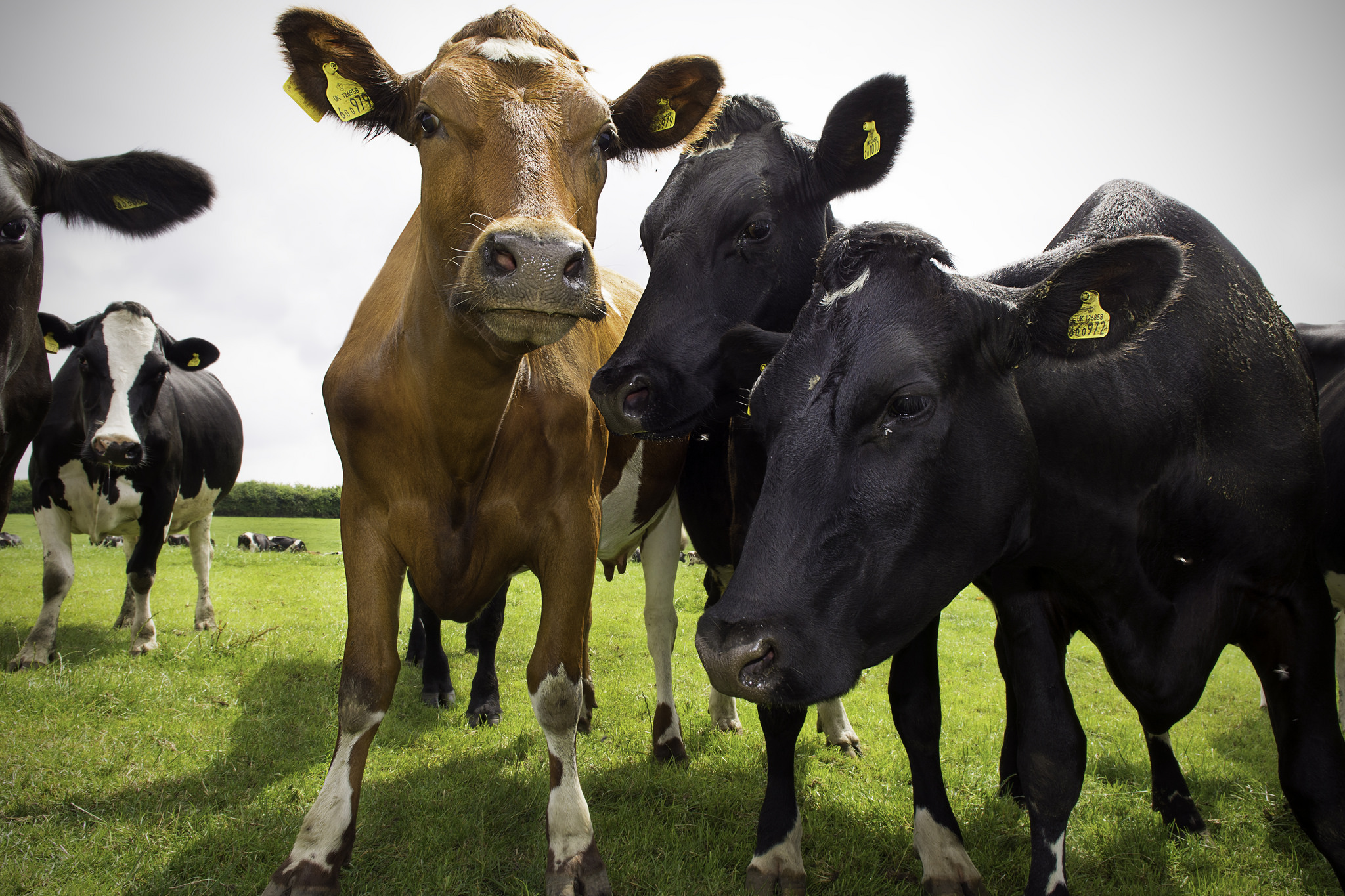
Some rights reserved by Jamie Dobson / Via Flickr
Hides Pulled Off in Japan are Shipped Overseas
After skinning, the hides are pulled off and preserved in salt. These hides are tanned mainly in countries overseas.
I knew that tanning factories are currently decreasing in numbers in Japan. When I visited a tanning factory before, they were tanning imported hides. But the staff at the Metropolitan Central Meat Wholesale Market told me another new fact.
Why isn’t tanning done in Japan? It is because of the cost, but this is not just the labor cost. Since Japan has strict regulations for industrial drainage, it also costs for the plant and equipment. However, when I heard this, an uncanny feeling arose in me. Even though we transferred the procedure to other countries, there is only one body of water on earth. What if factories poured in the polluted substances? And there are many more that I consider personally, but it seems this is how it works.
Importance of Seeing, Hearing, and Feeling Yourself
The video shown was edited at beginners level, so that even elementary school kids could understand. It was designed to give off positive messages; however, there were scenes that I wanted to turn away from. If I really was at the site, there would be a smell too.
It is easy to ignore. However, I hear my inner voice saying not to do so. To come up with my own answer, whether it is ethical or not to consume the lives of animals, I would like to underline that you need to see, feel, and understand with your own sensitivity.





